Spring is all about planting and summer is when we care for those maturing edible plants.
Fall is the time to reap all the goodies that we’ve sown. But winter? It can be a bit lifeless when it comes to gardening. That’s when I fill the windows and shelves around my home with herbs and lettuce.
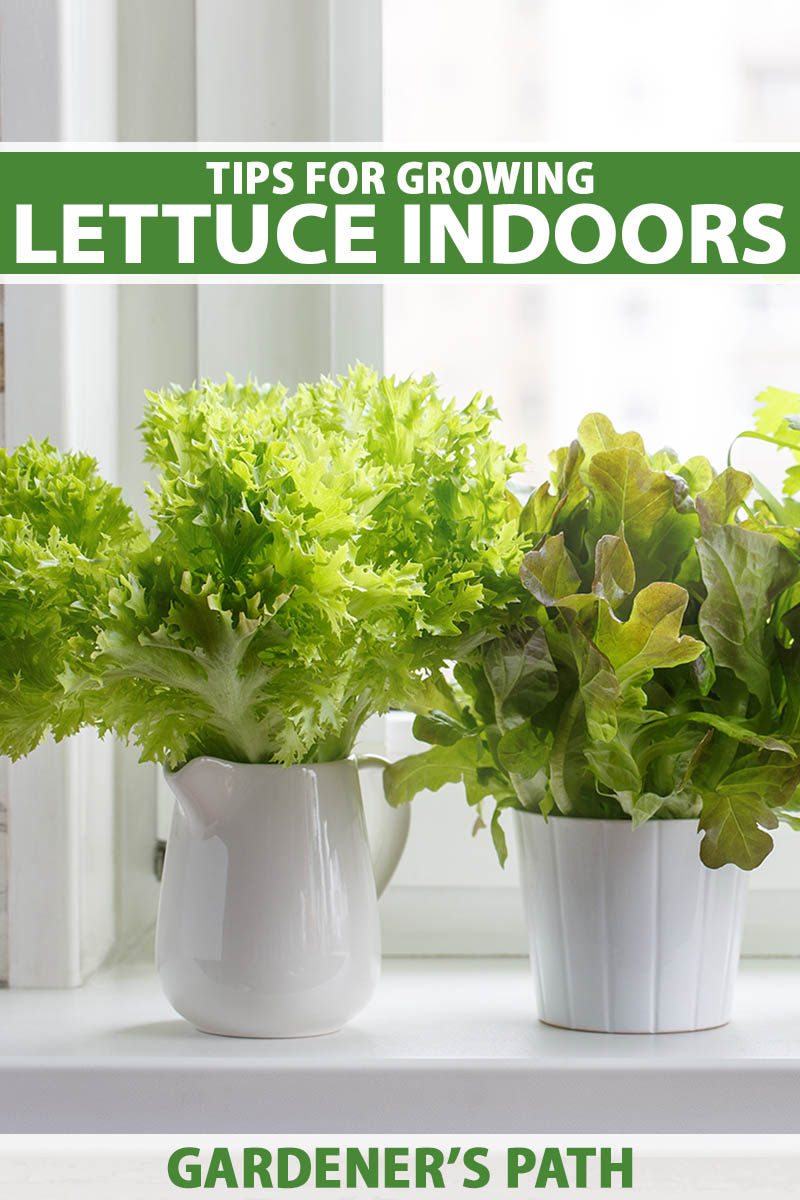
We link to vendors to help you find relevant products. If you buy from one of our links, we may earn a commission.
But even if you aren’t interested in a winter crop, lettuce is one of those veggies that just lends itself well to growing inside.
Want to be able to quickly grab some leafy stuffing for your sandwich? Live in a tiny apartment but you want to grow your own food? Growing your own lettuce is the place to start.
Those luscious, leafy greens are one of the best options to grow if you want something you can harvest throughout the year without even stepping a foot outside.
That’s pretty nice, because I think freshly harvested lettuce is far superior to anything you can find at the grocer.
The trick is to find the right cultivar, container, and light exposure in your home. We’ll explain all that and more, coming right up.
What You’ll Learn
Growing veggies indoors can be intimidating. It’s easy to mess things up. But with this leafy wonder, it’s pretty hard to go wrong. Here we go!
Best Lettuce Varieties for Growing Indoors
Any cultivar can work indoors, but you’ll make life so much easier for yourself if you pick types that do better in less light.
If you plan to use supplemental lighting, pick whatever you want. Otherwise, stick to those varieties that won’t mind less.
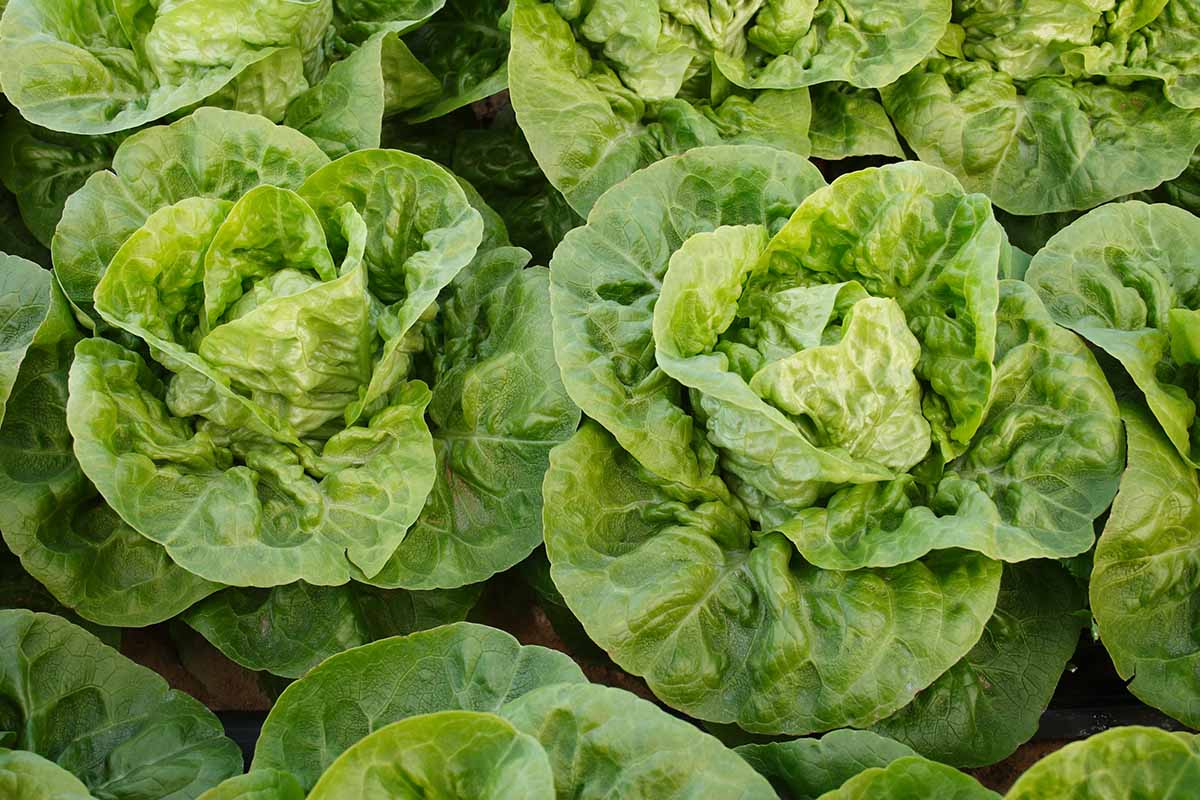
Typically, “winter” types or plants with “cold,” “Arctic,” or “winter,” in their names will work well inside, even if you’re growing them in the summer, because they need about six hours of light exposure per day. That’s less than other cultivars.
Size constraints are also worth considering, depending on what you have room for. Head-forming types will take up more spaces and require a bit longer to grow to maturity than loose leaf varieties and those picked early.
Four Seasons
This butterhead is phenomenal, and it’s perfect for indoor growing. It forms a petite six-inch head with red-tinged leaves.
But what makes it truly fabulous for our purposes is that it can handle low light, or hot or cold temperatures, while still producing tender, sweet leaves nonetheless.
Ready to start your indoor garden? Burpee carries packages of 500 ‘Four Seasons’ seeds.
Ice Queen
‘Ice Queen’ is an heirloom variety that is exceptionally crispy. It’s an iceberg type that will still grow well in lower light conditions.
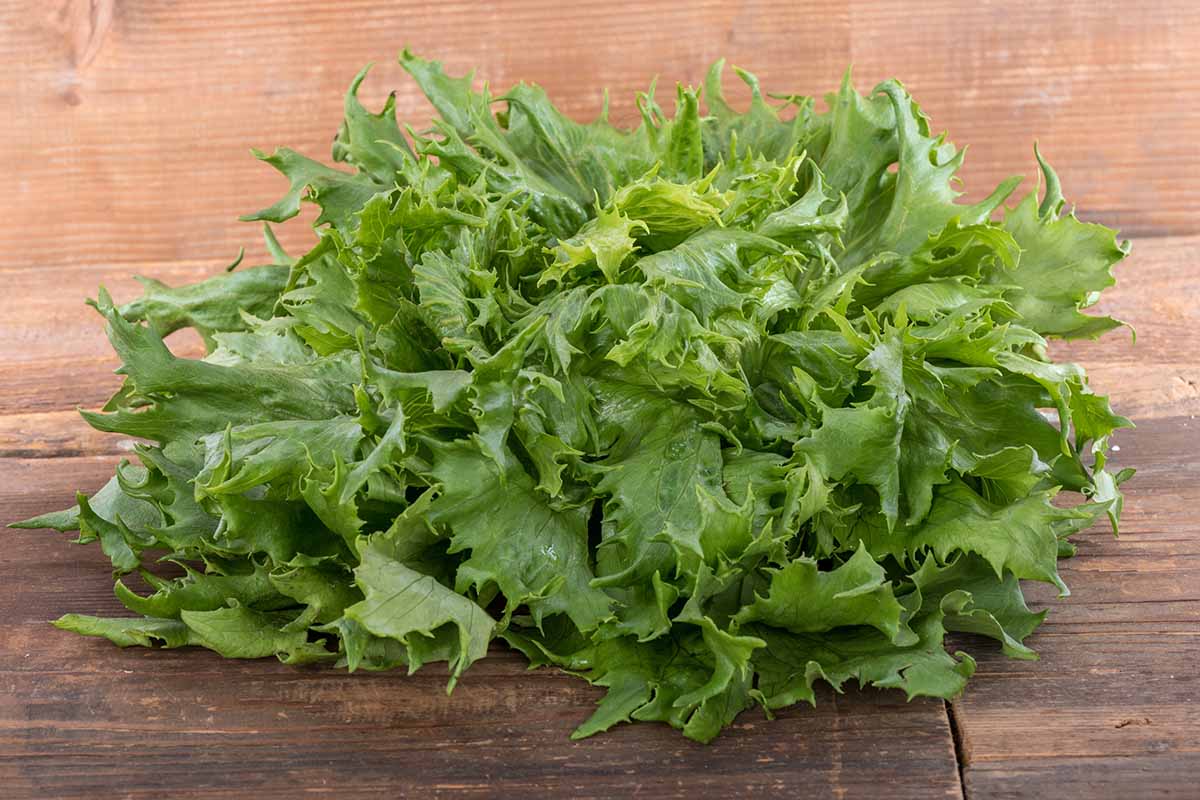
‘Reine des Glaces,’ as she is also known, grows up to 10 inches tall and also makes a great baby head suitable for picking and enjoying early.
Ready to host royalty in your home? Snag a gram of seeds from Botanical Interests.
Find more tips on growing ‘Ice Queen’ here.
Landis Winter
It’s pretty difficult to find a better type of green for cold weather and winter light conditions.
The heads reach about 10 inches tall with this butterhead type. I grow this one near-constantly, whether indoors or out. And it only needs about four hours of light per day.
Little Gem
This heirloom romaine cultivar is a teeny-tiny little lettuce that is wonderful for indoor growing.
Each plant only grows about six inches tall. If you love hearts of romaine, this is the one for you. The blanched center is bright, crispy, and sweet.
Pop over to Botanical Interests for a 500-milligram packet of seeds.
Rouge d’Hiver
Aptly named, ‘Rouge d’Hiver,’ aka ‘Red Winter,’ has reddish leaves and does well in winter light.
The heads grow to about 12 inches tall but are fairly compact. This heirloom has an herbal, buttery flavor.
Botanical Interests carries 750-milligram packets.
Find the Light
Most types of lettuce are going to need at least eight hours of light a day, or more like 12 hours per day if you want a compact, fast-growing head. I don’t know about you, but I don’t have a huge, south-facing bay window to fill with plants.
Does that mean we’re totally out of luck? Nope! You have a few options.
First, you can of course choose from cultivars like the ones described above that can get by with less light.
You can also opt to grow micro or not-so-micro greens of any variety.
Smaller plants can get by on less light, so if you don’t mind that you won’t be able to produce that typical, large head and you’re eager to bring in a harvest of delicious loose leaves instead, that’s an option.
Otherwise, you’ll want to get your hands on some supplemental lighting.
Now, hear me out. You might be looking for something easy and fuss-free to grow indoors, but if you want to grow happy houseplants, herbs, and even veggies, it’s totally worth trying some supplemental light.
Your rig doesn’t have to be elaborate. You can literally just put a grow bulb in an existing fixture and that might be sufficient.
But if you don’t mind going one step further, you can create a system that lets you grow a massive range of plant species, including lettuce.
For a single-bulb, 27-watt desktop lamp perfect for growing one plant, grab this one by Agrobrite at Gardener’s Supply Company.
Hydrofarm Agrobrite Tube Light
For a larger setup so you can grow multiple plants, go with a bigger, ceiling-mounted fixture like the Hydrofarm Agrobrite 48-watt tube light that’s available at Gardener’s Supply.
Beyond being effective, it looks nice, too.
Container Selection
The container you use doesn’t need to be deep, just wide enough to hold your plants. Lettuce has shallow roots, so three inches deep is fine. Aim for something at least six inches wide.
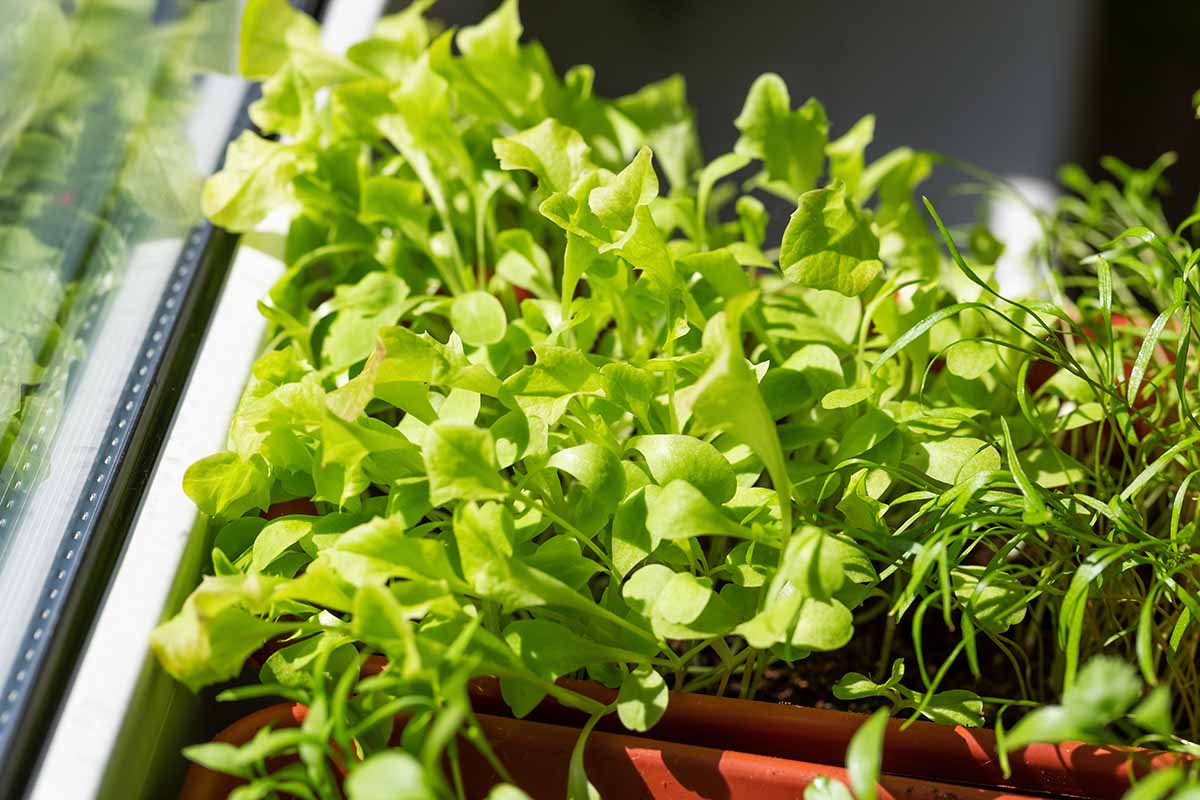
The material doesn’t really matter, but I like to use plastic or metal because these are light materials that don’t allow water to evaporate as quickly as unglazed terra cotta.
Whatever you go with, it’s best to make sure it provides good drainage. But if you’re bad about watering regularly, you might want to pick something self-watering.
These round seven-inch pots from Gardener’s Supply Company come in black, blue, red, and white to match with any decor. Plus, they’ll help to keep the soil moist.
Find more container ideas here.
Soil Selection
Soil selection is pretty easy. You don’t need anything special at all. Any water-retentive potting soil will do.

Personally, I keep a bag of FoxFarm Ocean Forest Potting Mix on hand at all times.
It’s the perfect mix for growing most veggies and houseplants, and every plant I put in it seems to thrive.

FoxFarm Ocean Forest Potting Mix
If you want to give it a try, grab a 12-quart bag at Amazon.
Propagating Seed
It’s safe to assume you’ll be sowing seeds. It’s hard to find lettuce seedlings available for purchase at nurseries during the summer, fall, and winter, and it’s far more expensive to purchase starts rather than just going the seed route.
Plus, the seeds are so easy to germinate.
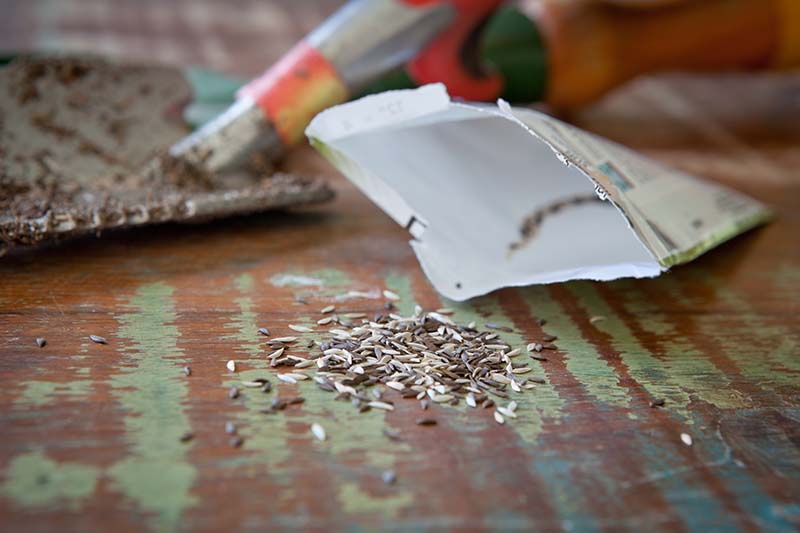
Fill your container with soil to within about an inch from the top. You can also moisten it at this point if you like, before sowing.
Sprinkle the seeds onto the soil, either scattering them with the plan to thin the seedlings out later as needed, or space them according to the notes for your selected cultivar that appear on the seed packet.
Remember that larger heads need room to grow, and depending on the size of your container, this may mean just one seedling is allowed to grow to maturity per pot.
Cover lightly with a quarter-inch of soil and water well. It’s best to spray the soil rather than soaking it with a strong stream of water that may displace the seeds.
Care Tips
You’ve got the container, light exposure, and soil dialed in. Your seeds have been sown, and they’ve started to sprout. From here on out, it’s smooth sailing!
So long as you used fresh soil, there’s no need to fertilize your plants. Just keep them watered.
The soil should be kept moist at all times. You don’t want it to be soggy, but you don’t want it to dry out either.
After seedlings sprout, switch from a spray bottle to a watering can for houseplants with a directed spout so you can water right at the soil line, and avoid sprinkling the leaves.
If you’ve ever used a sponge, think about what the moisture level is like after you’ve wrung it out really well. That’s the feel you’re going for.
Also keep any changes in lighting in mind.
Grow lights are easy to turn on and off or set on a timer, but throughout the four seasons of the year, natural light exposure in a window can change in terms of strength and duration as the Earth moves in its orbit, and plants outside leaf out to create shade. Adjust accordingly.
After harvesting, sanitizing pots and beginning with fresh soil to start a new crop is recommended.
Harvesting
There are two ways that you can opt to harvest homegrown indoor lettuce. Well, maybe there are more than two ways to do just about anything, but let’s stick with these!

The first is to pluck leaves as you need them and just cut them off at the base, around the outside of the plant. This goes for tiny microgreens and loose leaves as well as mature heads.
Mature head-forming lettuce plants can survive in the soil and remain at their leafy best for about a month, depending on the cultivar, so plan to pick and use up all of your harvest within that time frame, using the days to maturity on your seed packet as a guide.
The second way is to let the head mature fully and then pull it from the soil, or cut it off at the base with a knife.
Rinse the roots clean and do any final trimming in the kitchen before rinsing the leaves to enjoy, or storing in a loose plastic bag in the refrigerator.
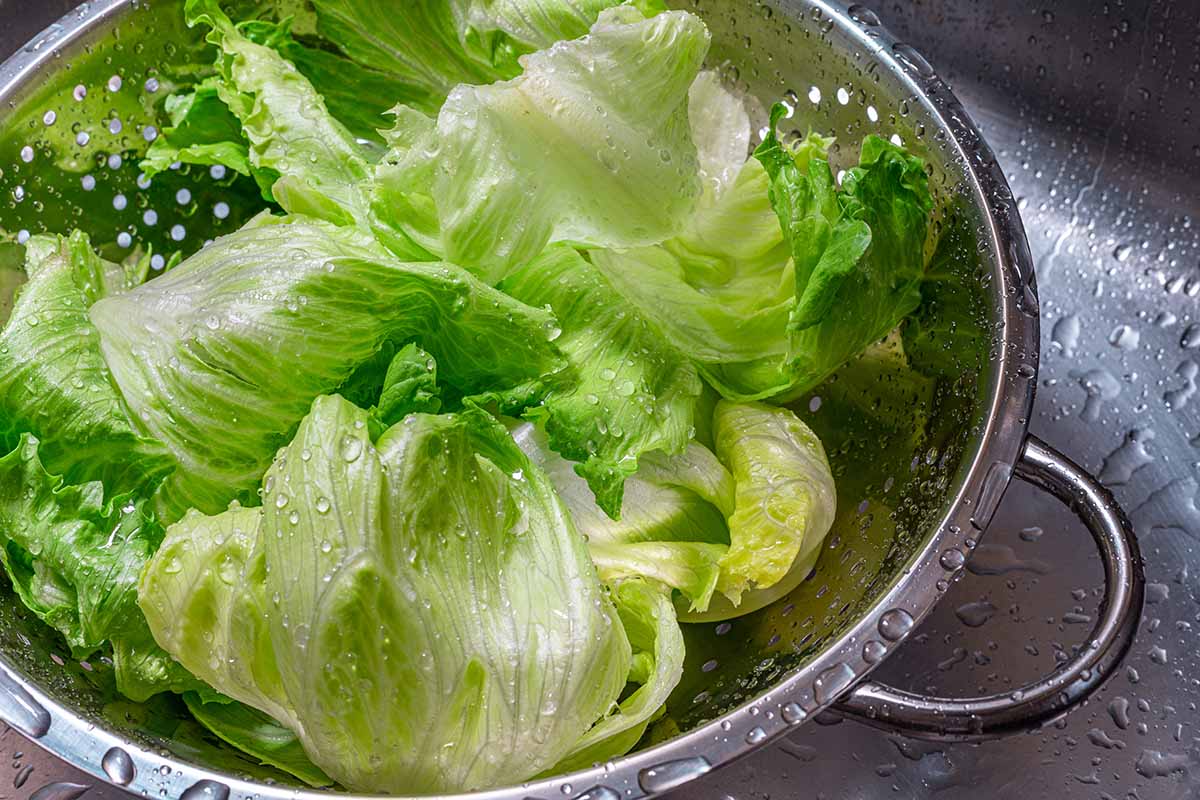
Wash just before use if you won’t be eating your harvest in a salad or sandwich right away.
Bring the Veggie Garden Indoors
Fresh veggies all year long, even if you don’t have a single square inch of space available outdoors? We’re in!
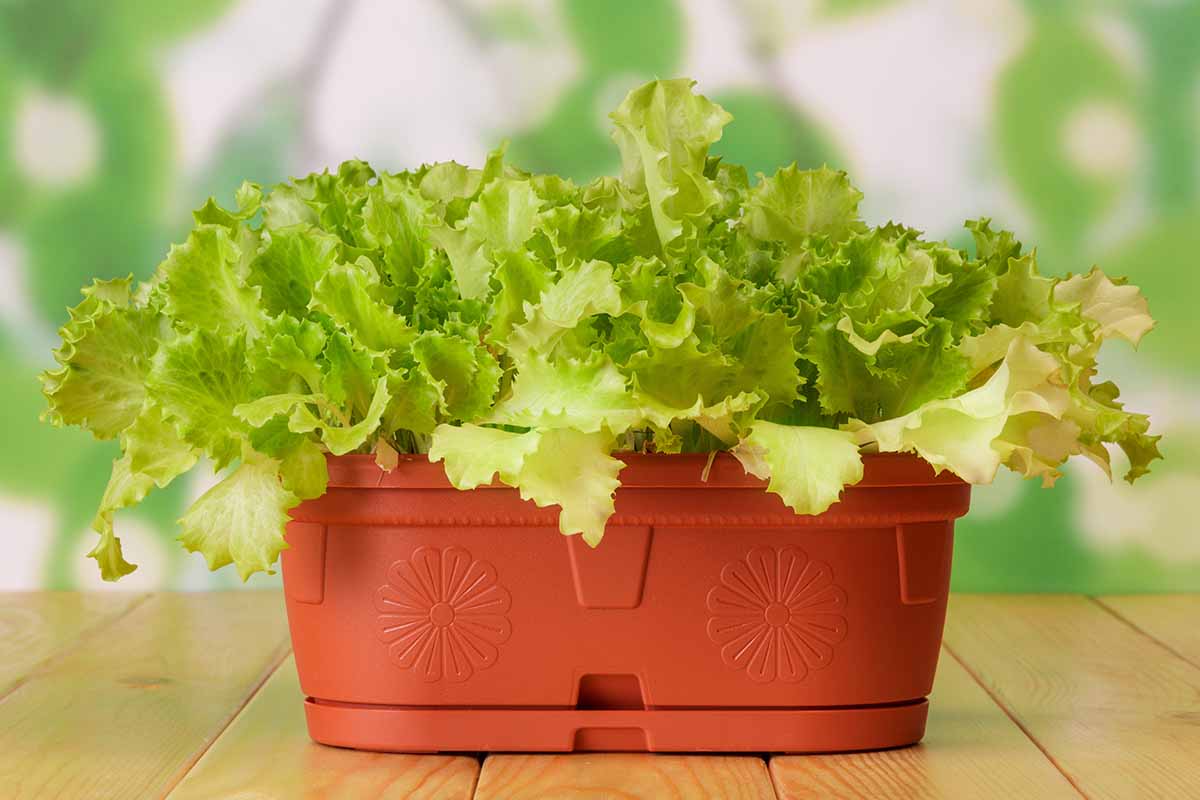
Lettuce is incredibly easy to raise, whether you’re growing it indoors or out, in a container, or in the ground. It’s one of the few food crops you can grow inside your home all year long to have on hand any time you need it.
What kind of lettuce are you growing? What do you like to use your leafy greens for? Check in with us in the comments below.
If you want to expand your lettuce knowledge even further, read these guides next:


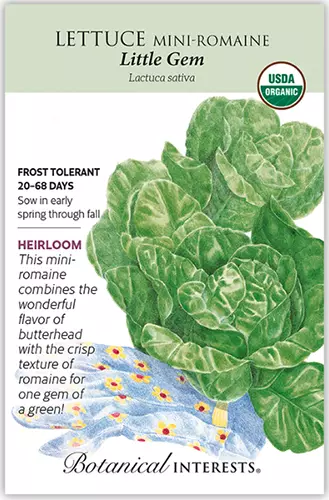
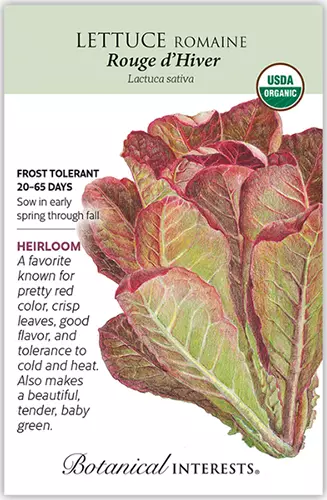
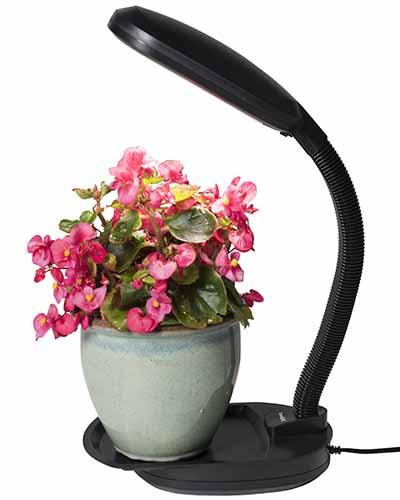
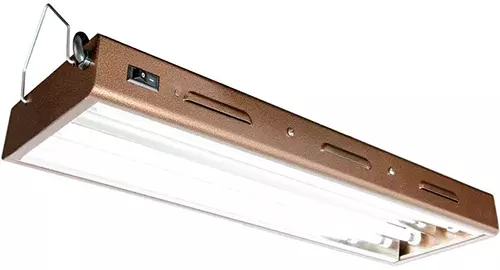
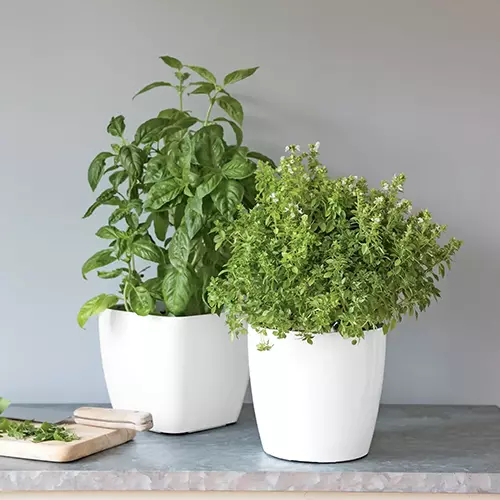
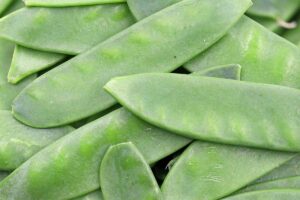
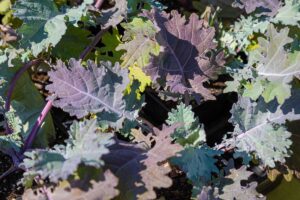
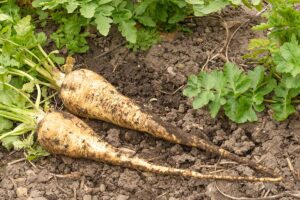
My newly planted lettuce germinated and then like a ghost came, it’s gone. I’ve set mouse traps and nothing. Help???
Hi Joy, are you growing your plants indoors? If so, is there any evidence that the plant was cut down, like a stump at the base? Or did the whole thing disappear? Could you cover it with a mesh dome or a cloche?